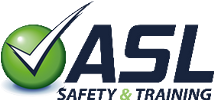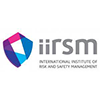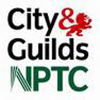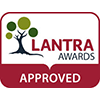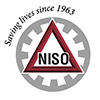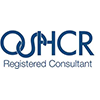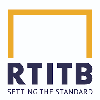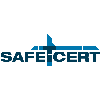Safety Representative Training
Overview:
Under the Safety, Health and Welfare at Work Act (2005) employers must consult with their employees with regards to safety, health and welfare at work. Employees are entitled to select at least one individual as a Safety Representative to make representation to management.
The Safety Representative does not, under the 2005 Act, have any duties other than those that apply to employees generally. However they have certain rights that allow them to carry out inspections in the workplace, investigate accidents and take time off to attend training in these areas.
The employer must consider the representations the Safety Representative makes and act on them if necessary. The intention of these consultations is to prevent accidents and ill-health, to highlight problems and to identify means of overcoming them. Consultations are particularly important when changes are taking place, for example when a safety statement or safety and health plan is being drawn up, or when new technology, work processes or substances are being introduced.
This course is designed to outline the role and function of the Safety Representative. It provides a very comprehensive foundation in health and safety.
Learning Objectives
On completion of this course, participants will be able to:
- Understand the role of the Safety Representative in the workplace.
- Know the statutory rights placed on the Safety Representative in the workplace.
- Have an overview of health and safety legislation .
- Understand the structure and function of a safety statement.
- Know how to carry out a safety inspection .
- Understand how to investigate, report and prevent workplace accidents.
- Understand hazardous identification, risk assessment and risk control
- Know the importance of good communication
- Who Should Attend? - Safety Representatives
Course Content
- Legislation
- Role of the Safety Representative and safety committee members in the consultation process
- Communication skills
- Hazard identification, risk assessment and risk control
- Safety statements
- Carrying out safety inspections
- Accident investigation
